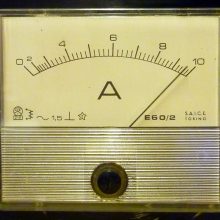News from Niente
Today, I'm releasing Version 2.0 of my Niente FLAC integrity-testing tool. It comes about 4 months after version 1.0 was made available -and during those 4 months I've spent a lot more time focussed on PC migrations and cataloguing my backlog of new music acquisitions than on checking the internal integrity of my existing music files (which is never a wise trade-off!) But hopefully that explains the distinct lack of updates to Niente in all that time: I was barely paying it any attention at all, to be honest.
Had I been doing so, however, I would have swiftly realised that whatever medication I was taking at the time of the Version 1.0 release (and I think at this point I'm going to blame the Covid vaccine; or Aspirin; or something!), it was having serious effects on my coding abilities! Because, putting it bluntly, I've spent the past couple of weeks reviewing the code and wondering what on Earth I thought I was doing releasing it at all, since it was total rubbish, to the point where if you didn't run it with the --force switch, it barely did anything functional! [...]











